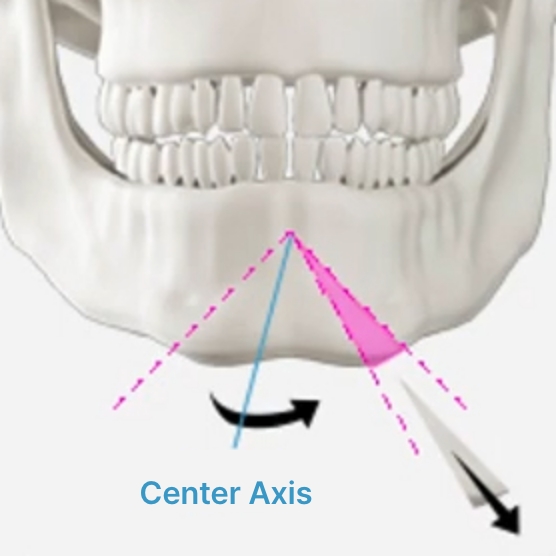If you are concerned about large or asymmetrical cheekbones or jawbones,
a facelift alone cannot change the shape of the bones.
Combining facial contouring with a facelift can address bone-related concerns,
leading to more dramatic surgical results.


Have prominent square jaws

Have asymmetrical jawlines

The surgery is designed with an angle that harmonizes the face,
from the front of the jaw to the area near the ear.

The jaw width is reduced by
sculpting a long, natural curve.
* The patient underwent both long-curve square jaw surgery and facelifting.

 Before surgery
Before surgery
 3 months after surgery
3 months after surgery

 Before surgery
Before surgery
 3 months after surgery
3 months after surgery
* The before-and-after photos were taken under the same conditions with the patient's consent.
* All surgeries carry risks, such as bleeding and other side effects, so decisions should be made carefully.

Want to improve the shape of their chin,
such as in cases of a protruding chin, weak chin, or wide chin

Have an asymmetrical chin

The chin bone is reshaped in a wedge-like manner.

The chin is moved backward and fixed in place.

Once the bone is reshaped, the protruding chin is improved.

The amount to advance the chin is determined, and the chin is moved.

The moved chin bone is fixed to ensure it adheres.

It can be improved using implants, fillers, or fat grafting.

The angle is measured, and bone fragments are removed to align the center axis.

The gap is filled with the removed bone fragments if necessary.

The chin is secured using a pin.

A T-shaped osteotomy is performed on the front chin.

The central bone fragment is removed, and both sides of the bone are moved toward the center.

The chin bone is smoothly cut into a curve, avoiding nerve damage.

The chin is secured with a fixation plate.
*The patient underwent both
chin surgery and facelifting.

 Before surgery
Before surgery
 3 months after surgery
3 months after surgery

 Before surgery
Before surgery
 3 months after surgery
3 months after surgery
*The before-and-after photos were taken under the same conditions with the patient's consent.
*All surgeries carry risks, such as bleeding and other side effects, so decisions should be made carefully.

Are concerned about a larger or more angular face due to prominent cheekbones.

Have asymmetric cheekbones.

Through an intraoral incision, part of the anterior cheekbone is cut in an L-shape.

The lateral cheekbone is cut through a temporal incision and separated.

The separated cheekbone is rotated inward and repositioned.

The bone edges are smoothed, and the front and back are securely fixed.

 Before surgery
Before surgery
 3 months after surgery
3 months after surgery

 Before surgery
Before surgery
 3 months after surgery
3 months after surgery
* The before-and-after photos were taken under the same conditions with the patient's consent.
* All surgeries carry risks, such as bleeding and other side effects, so decisions should be made carefully.